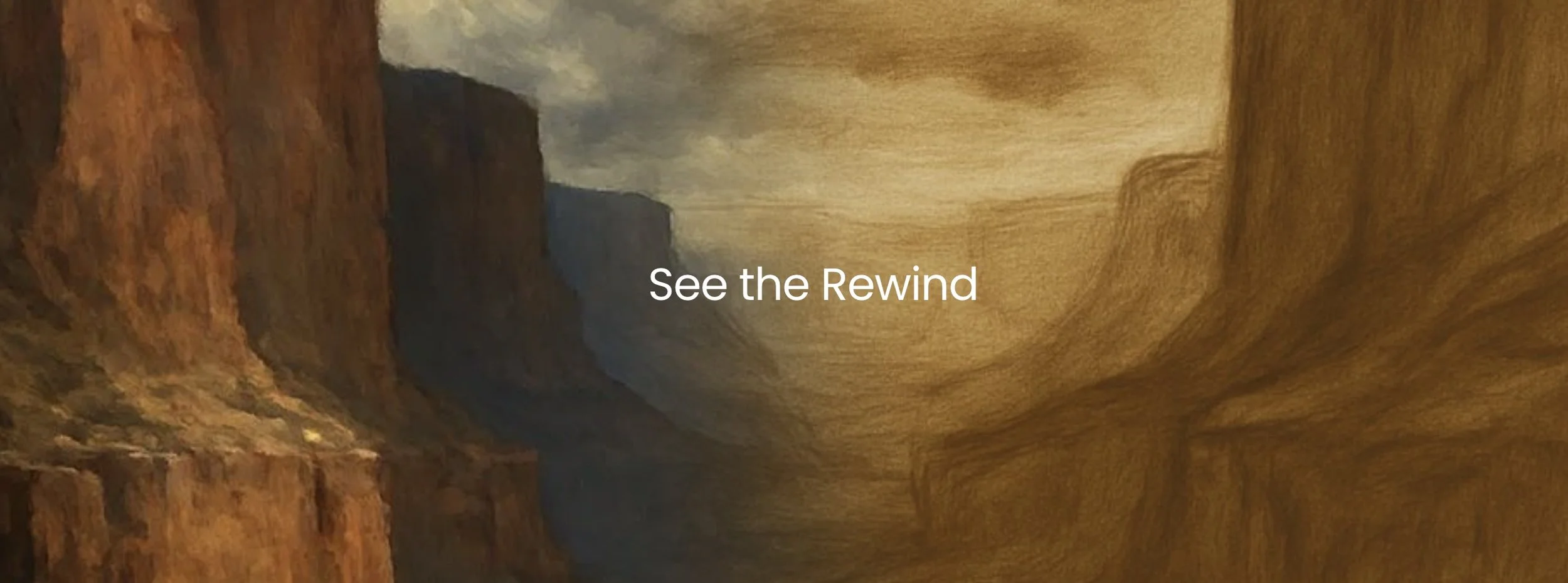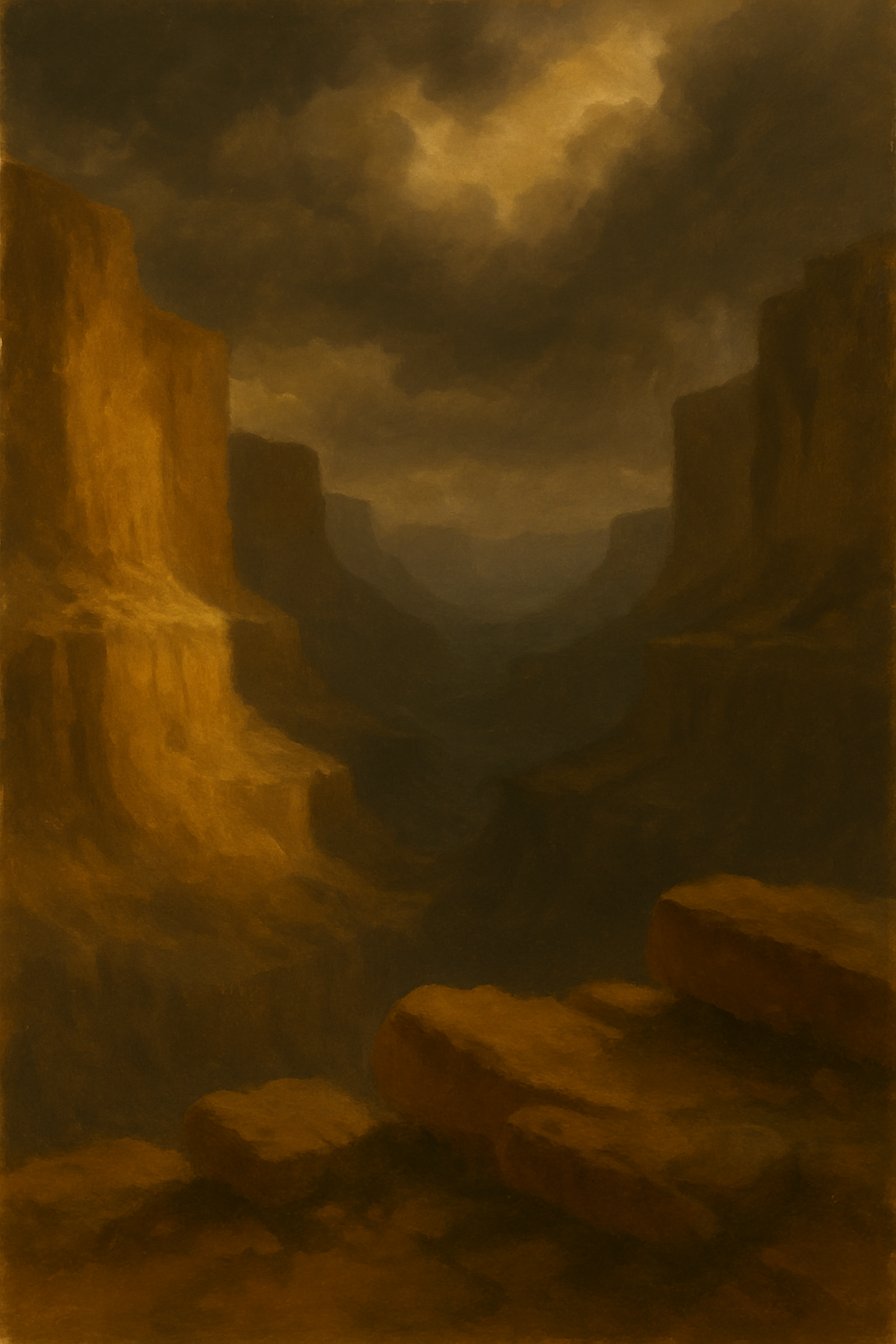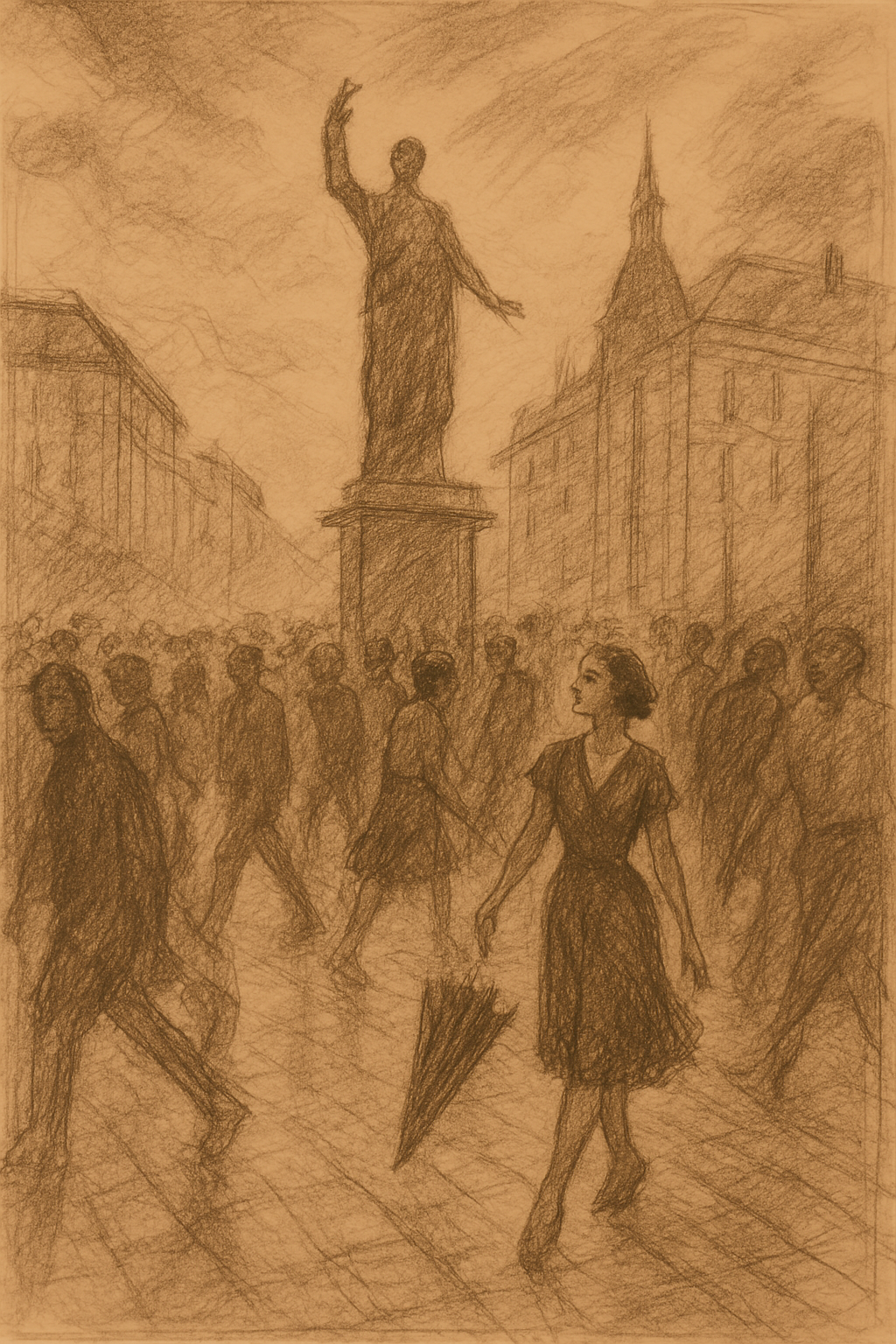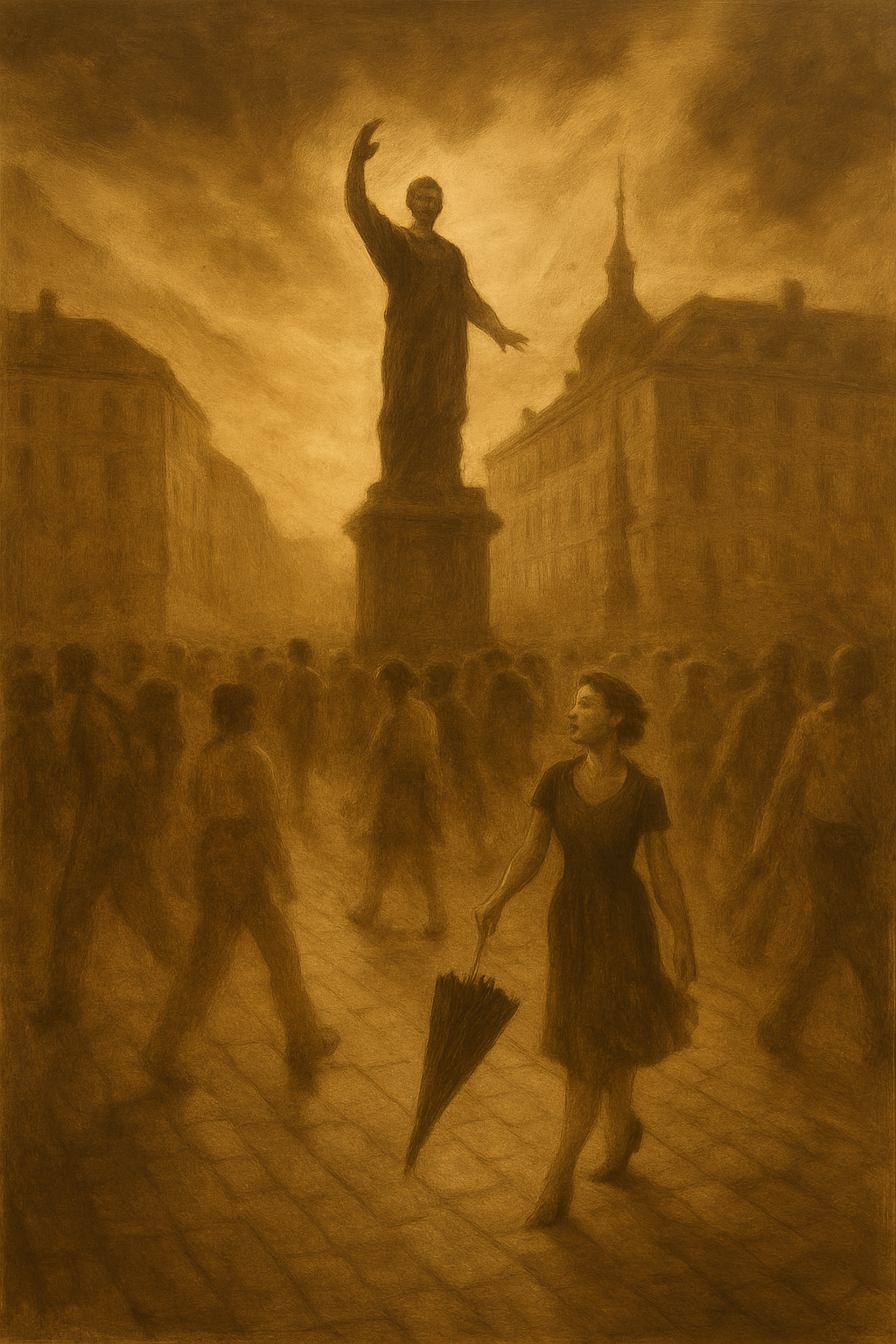RIDP – Reverse Image Decomposition
The RIDP is a structural reenactment system - Built forward with memory.
It simulates (or imagines) the invisible sequence by which an image might have been constructed, working backward from a completed work to hypothetical earlier states, not through aesthetic regression, but through compositional logic, visual consequence, and recursive delay.
RIDP is not a time machine. It’s a protocol for controlled unmaking:
→ not to undo an image,
→ but to understand how it holds itself together.
When paired with systems like the Sketcher Lens or Artist Lens, RIDP performs guided reversals that can:
Reveal how gesture, structure, and hierarchy were staged
Model sketch, underpainting, and tonal mapping steps
Identify where compositional delay or structural strain might have lived
Expose recursive dependencies between foreground, spatial logic, and symbolic pressure
What it avoids:
Stylized “old-timey” approximations
Generic sketch filters or surface de-noising
AI hallucinated prequels unanchored to the final image
What it achieves:
Image-aware regressions
Purposeful withholding of form
Architectural reenactments of decision-making
RIDP does not erase, it rehearses. It doesn’t simulate past styles, it simulates necessary steps. It gives the artist — and the viewer — a way to walk inside the build.
Base Image: Reverse Engineer through Traditional construction to the base underpainting
Mark Commitment
Purpose: Get scale, shape, and structure stable before introducing nuance.
➤ Recommended medium:
Charcoal on toned paper or diluted burnt umber sketch directly on canvas
➤ Key tasks:
Gesture trace of horizon vs canyon edge (watch curve of canyon floor)
Lock the scale of foreground rocks → they set your eye level
Don’t draw clouds yet — block in the shape of the sky void as one negative mass
Sketcher Lens Checkpoint:
Commit to large planes early (foreground rocks + canyon walls)
Avoid chasing cloud detail or rock textures in this stage
Tonal Underpainting
Purpose: Establish value hierarchy before color.
➤ Medium:
Transparent oil washes (e.g., raw umber + turp) or acrylic value map
➤ Zones:
Foreground rocks → mid-dark tones (no detail, just volume)
Canyon steps → falling value scale (near to far: 5, 4, 3, 2…)
Sky → gradient from brightest center to upper corner weight
➤ Brushwork Tip:
Keep your shadows lean and warm; don’t over-model them
Sketcher Lens Checkpoints:
Value Hierarchy → atmospheric layering begins
Rhythm of Detail → still suppressed. Let masses speak first
First Paint Layer
Purpose: Introduce light logic, local hues, and real depth
➤ Medium:
Oil, thinned with medium (keep flexibility)
Begin with sky and furthest canyon planes → move forward
➤ Color Zones:
Sky: blue-grays + warm clouds (not pure white)
Canyon: burnt sienna + ultramarine + yellow ochre to shift temp zones
Shadows = cooler / recessed planes = bluer
➤ Brushwork:
Sky = large blends with soft edges
Foreground rocks = harder edges, thick pigment
Sketcher Lens Checkpoints:
Spatial Compression → exaggerate aerial haze to push depth
Atmospheric Layer Density → realize it fully now through value & edge
What it is
A reverse-engineering critique engine that interrogates an image’s compositional spine, gesture ancestry, and symbolic coherence by walking backward through its implied construction, as if dismantling the final frame to locate the moment before it knew what it was.
It is not just an undo button or about error correction. It is a cognitive decompression system that asks:
What pressure paths formed this image?
What tensions were collapsed to reach this state?
What could this image have been and what does its closure hide?
How it Operates
Deconstruct
Strips visible logic into ghost scaffolds, gesture flow, spatial weight, hierarchy decay
Surfaces structural redundancies and premature resolutions
Expose Drift or Fusion
Reveals points where multiple compositional ideas fused into one (or where fractures were concealed)
Identifies collapse into cliché or unresolved convergence zones
Test for Recursive Alternatives
Injects prompts or alternate logic stems to test what the image refused to be
Surfaces embedded alternatives — hidden gestures, near-symbols, lost voids
Simulate Reversal or Predecessor States
Generates prior-logic variants (in some systems, actual images) to test visual memory and structural sequence
Not a timeline, more like a reverse architectural pressure map
What It’s For
Analyzing over-polished or over-resolved images
Detecting gesture erasure, symbolic flattening, or structural fatigue
Uncovering non-linear potential in finalized imagery
Preparing an image for recursive reinterpretation










